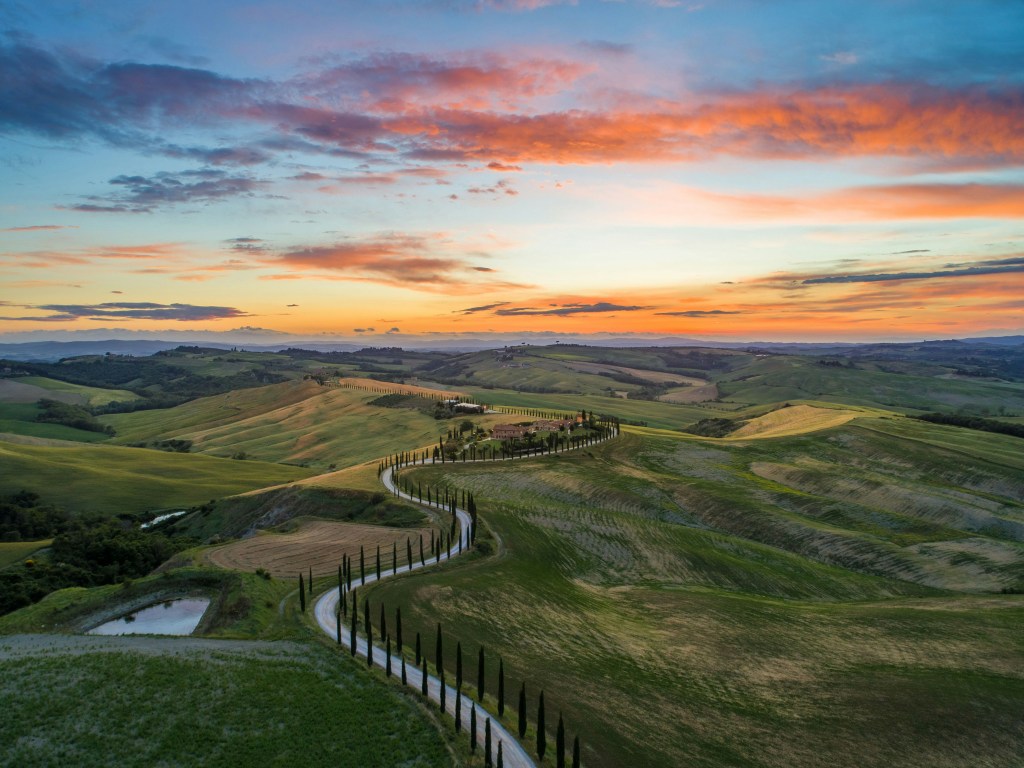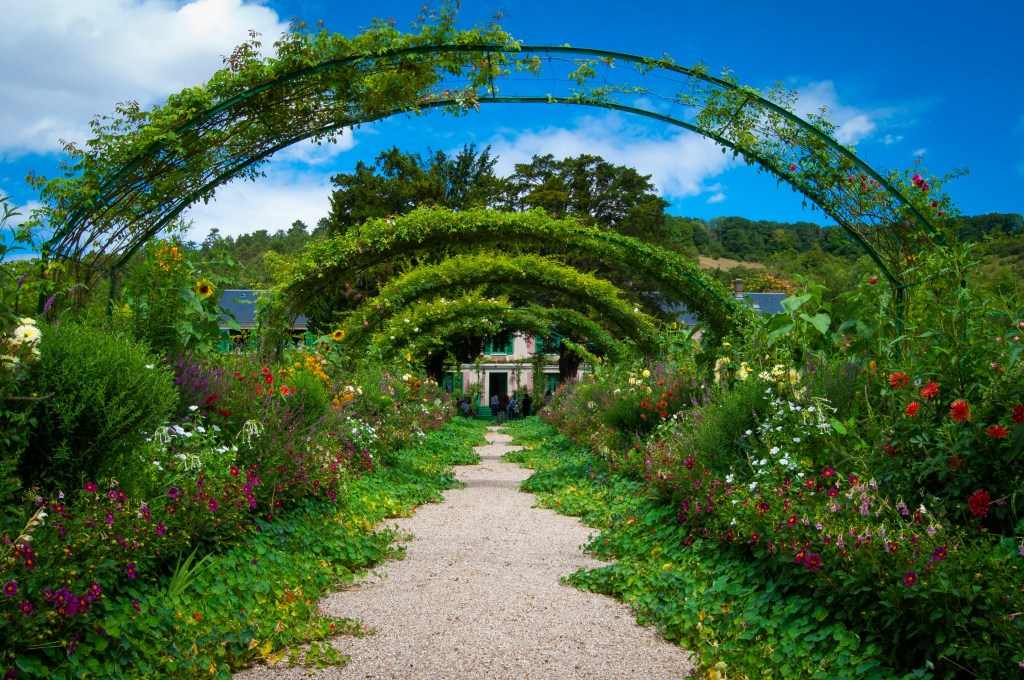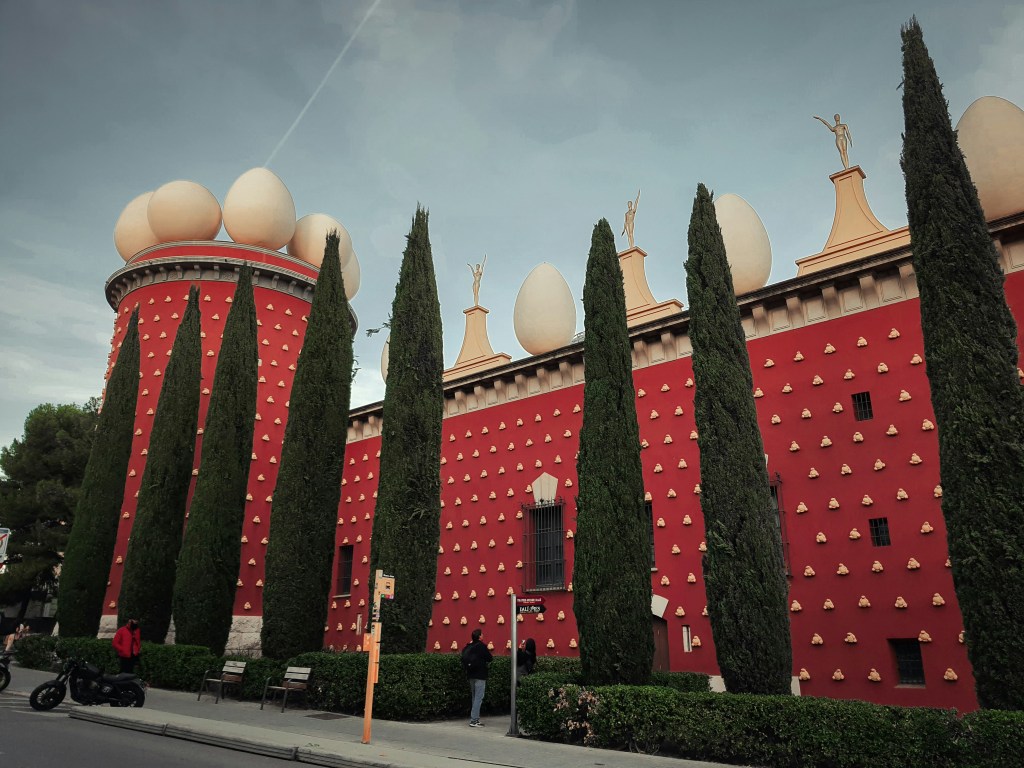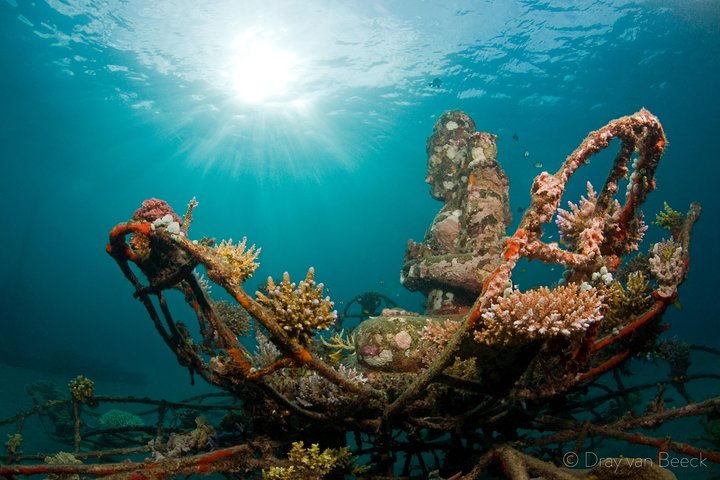Pink sand beaches are some of the most sought-after in the world—and why not?
Along with glass beaches and sea cave beaches, pink-sand beaches offer a totally unique perspective on coastal relaxation.
But these delightful beaches are far and few between. The most famous pink-sand beaches can be found as far as Hawaii, the Caribbean, and the Philippines.
Most are tiny and fragile, including Sardinia’s Spiaggia Rosa.
Following over-tourism in the 1980s and 90s, the government banned public visits to Spiaggia Rosa. Visitors risk a hefty fine for venturing onto its shores. In fact, the only way to see the beach is from a distance in the water.
But just a bit farther east are two of the Mediterranean’s most picturesque and grand pink sand beaches
Elafonissi Beach and Balos Bay are located on Crete. These are two of the only pink sand beaches in Europe—and they’re absolutely breathtaking. Here’s what you need to know.
What’s that pink sand about?
Pink sand is the result of a few distinct factors. The most common reason for pink sand is the presence of foraminifera, which are tiny organisms with red and pinkish shells.
When enough foraminifera gathers on shore, they mix with pale limestone and take on a pinkish hue. If there’s quartz present, the pink sand might even look like it’s glowing.
But just how pink are these beaches? Keep in mind that many photos are enhanced to make the sand look brighter.
Depending on the weather, the cloud cover, and other factors, you might notice more of a faint pinkish glow to the sand—not a hot-pink or bubblegum-pink tone. I still think they’re worth your time, especially if you enjoy exploring beaches.
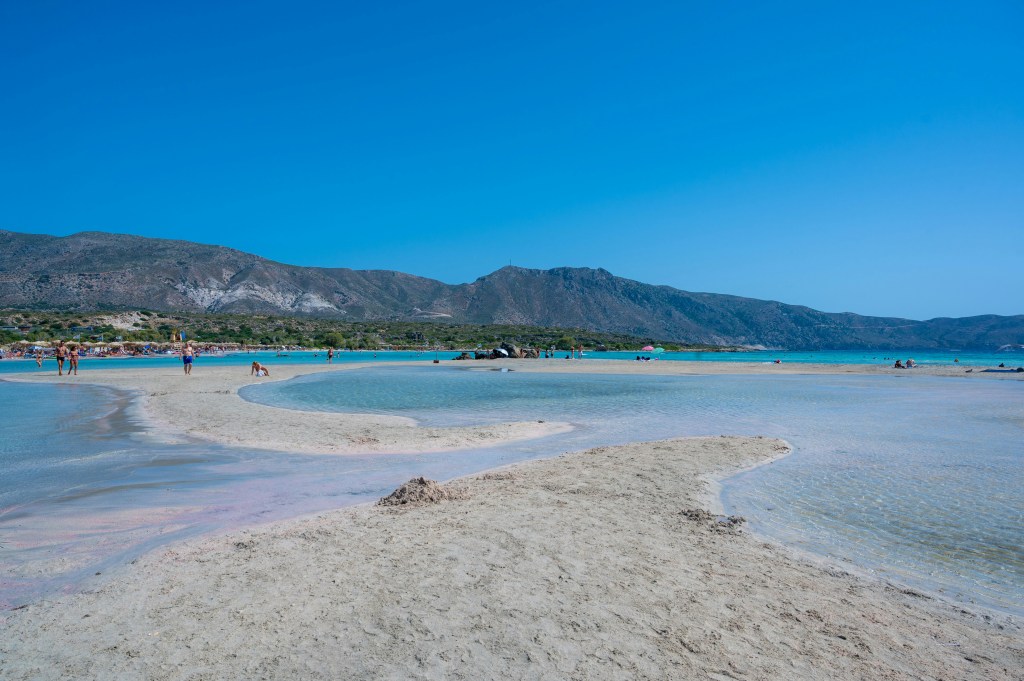
Elafonissi Beach (Northwest Crete)
There are few paradises that deliver like Elafonissi Beach. Though it’s not necessarily a hidden gem, it’s not quite like the rest of Greece’s beaches.
First and foremost, the pink sand is a clear giveaway that visitors are someplace special.
Elafonissi is also home to rock formations and shallow pools of clear water (thank you, sandbars) that add a dash of ruggedness. The sandbar is particularly beautiful to walk across.
But those who like the finer things will be happy to hear there are a tasteful number of cabanas available, along with a public restroom. That means you can head there yourself in a rented car.
Or if you want to join a tour or day trip from a main city, you can easily do so.
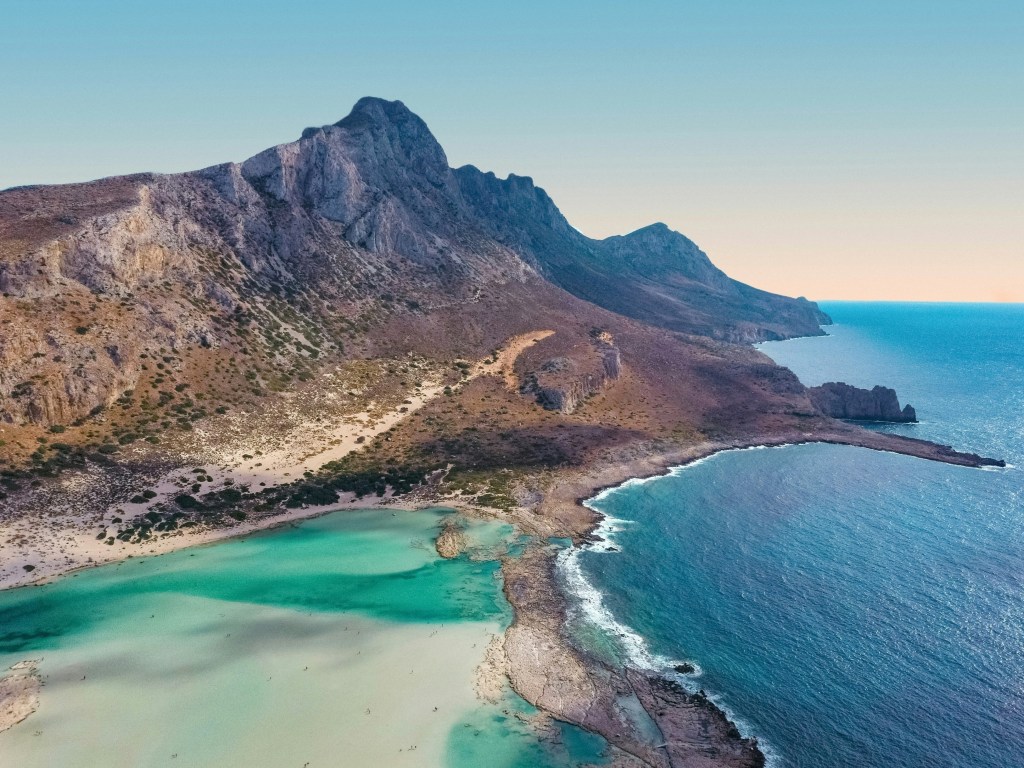
Balos Bay (Southwest Crete)
If you’re okay venturing into Crete’s wilder southwestern coast, you can find Balos Bay (also known as Balos Lagoon). Normally, guests access this spot by ferry or boat rather than car.
Balos Bay is a lot smaller than Elafonissi’s stretching shoreline and sandbar. It’s sheltered by stunning green mountains, which pen in the beach and turn it into a lagoon.
That means the water is shallow and usually bathwater-warm. Because Balos Bay is a lagoon, you’ll be treated to technicolor waters along with pink sands. Depending on the time of day and tides, you can see cerulean, turquoise, and bright blue colors.
If I had to choose between Elafonissi and Balos Bay, I’d have to go with Balos—it’s got that tropical, mysterious vibe that feels very Hollywood.
There are dozens of ways to experience the magic of Balos, located near Kissamos. (I’d go for the boat tour!)
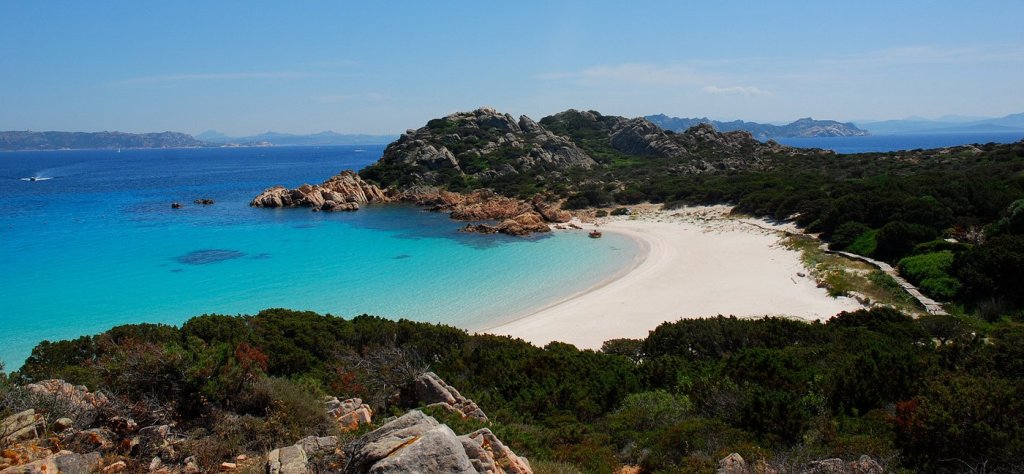
Spiaggia Rosa (Sardinia)
Want to see a pink sand beach but aren’t heading to Crete anytime soon?
If Sardinia is within reach, then don’t forget to check out Spiaggia Rosa. As I pointed out above, it’s now off-limits for wandering tourists—but you can still get close to the pink-sand magic.
Spiaggia Rosa is located on Budelli Island just north of Sardinia. The island is uninhabited, but visitors can stop by on a boat to explore the rugged landscape on foot—but Spiagga Rosa remains off-limits.
As mentioned up top, the Italian government formally protected the area in 1994. By then, much of its pink sand had been taken away by tourists. The beach has yet to return to its bright pink colors—but there have been improvements in recent years as the foraminifera shell deposits slowly recuperate.
